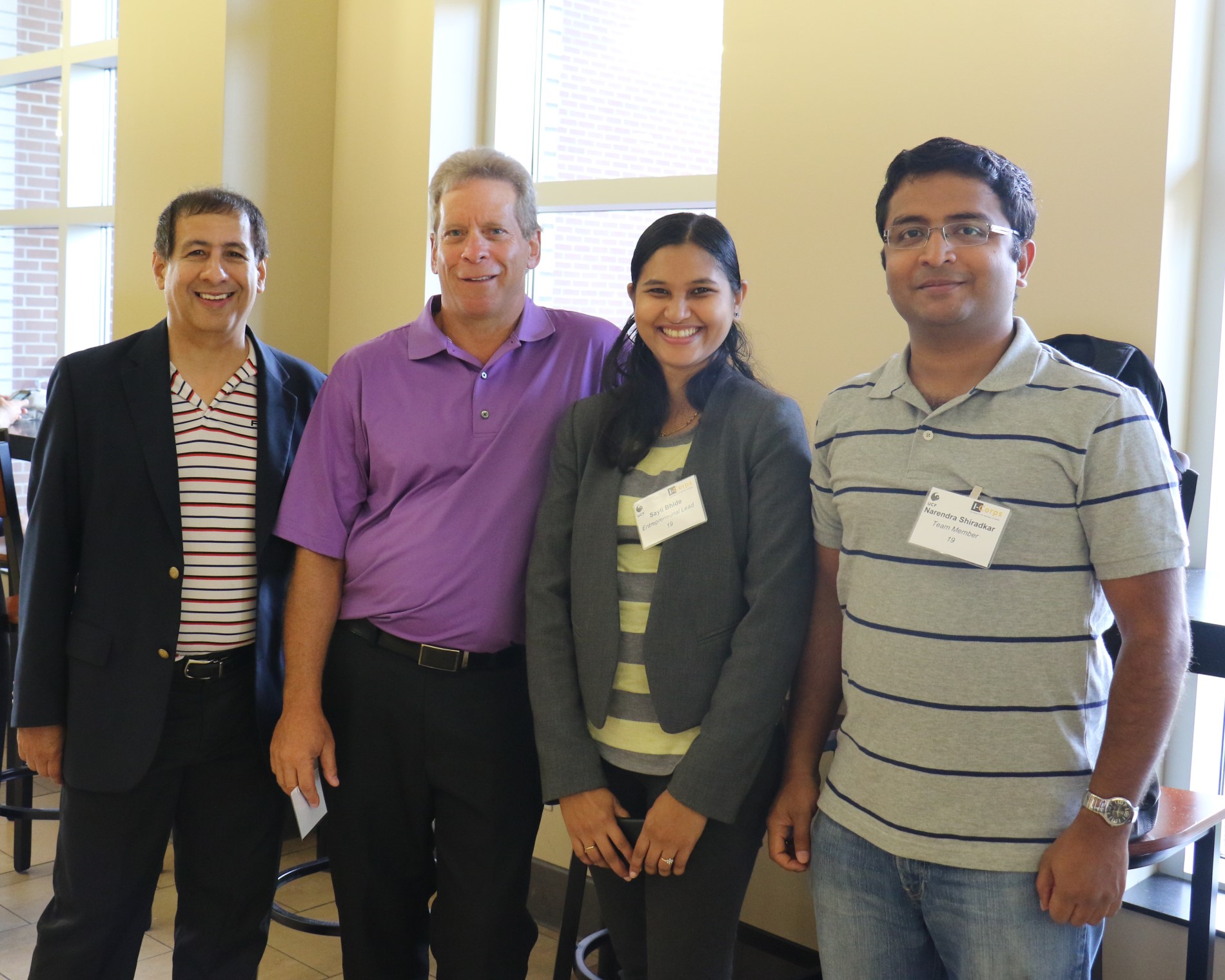Safety Simulations
Safety Simulations focused on making safety training more effective through virtual reality technology
It’s common place for organizations to provide safety training for their employees. The training sessions are typically conducted through lectures, PowerPoint presentations or articles on topics that discuss what to do in the event of a fire, a workplace accident or a natural disaster.
The challenge with this type of training, however, is that the flow of information is unidirectional and the employees aren’t typically actively engaged in the training–which could reduce their retention of the information and reduce their ability to optimally respond to a workplace safety scenario.
UCF I-Corps team Safety Simulations is working to improve the effectiveness of workplace safety training through the use of virtual reality technology.
Comprised of Academic Lead Luis Rabelo, Ph.D., Associate Professor, Department of Industrial Engineering and Management Systems at UCF, Entrepreneurial Leads and Ph.D. candidates Sayli Bhide and Narendra Shiradkar, and industry veteran and Mentor Stewart Bush, the team is focused on developing a virtual reality-based system that will allow for the development of three dimensional models of real world environments–such as office buildings, schools, etc., that can be used for safety training. The idea for this product was inspired from Bhide’s Ph.D. dissertation topic.
“With the virtual environment, we’ll be able to place the trainee’s avatar in specific safety scenarios to test their responses to a variety of situations,” explained Bhide. “This type of virtual reality training allows the trainee to react to, and be immersed in, a variety of safety situations but at reduced cost by minimizing the risk.”
Emergencies such as fire, smoke or chemical spills that occur in the workplace can cost organizations millions of dollars in losses. The need for safety training that will expose employees, or students, to various workplace health and safety scenarios in a risk-free, cost-effective manner—through interaction and immersion—represents a significant opportunity. Bhide and the Safety Simulations team believes their training module could be delivered on a variety of displays—laptop, smartphone, etc.
“When we first came up with this concept, we thought the target audience would be the manufacturing industry and universities,” said Bhide. “Thanks to the I-Corps process, we’ve received solid insight and intelligence that the market is truly global and not only includes industrial manufacturing and academia, but also encompasses industries ranging from energy to cruise ships.”






